The Great Salt Lake is emitting significant greenhouse gases. Researchers found it released 4.1 million tons of CO2 equivalents in 2020. This makes the lake a more substantial contributor to global warming than previously thought.
The emissions are primarily due to the lake’s drying, exposing organic-rich sediments. Fact: The Great Salt Lake is the largest salt lake in the Western Hemisphere.
Desiccation Drives Massive Greenhouse Gas Release
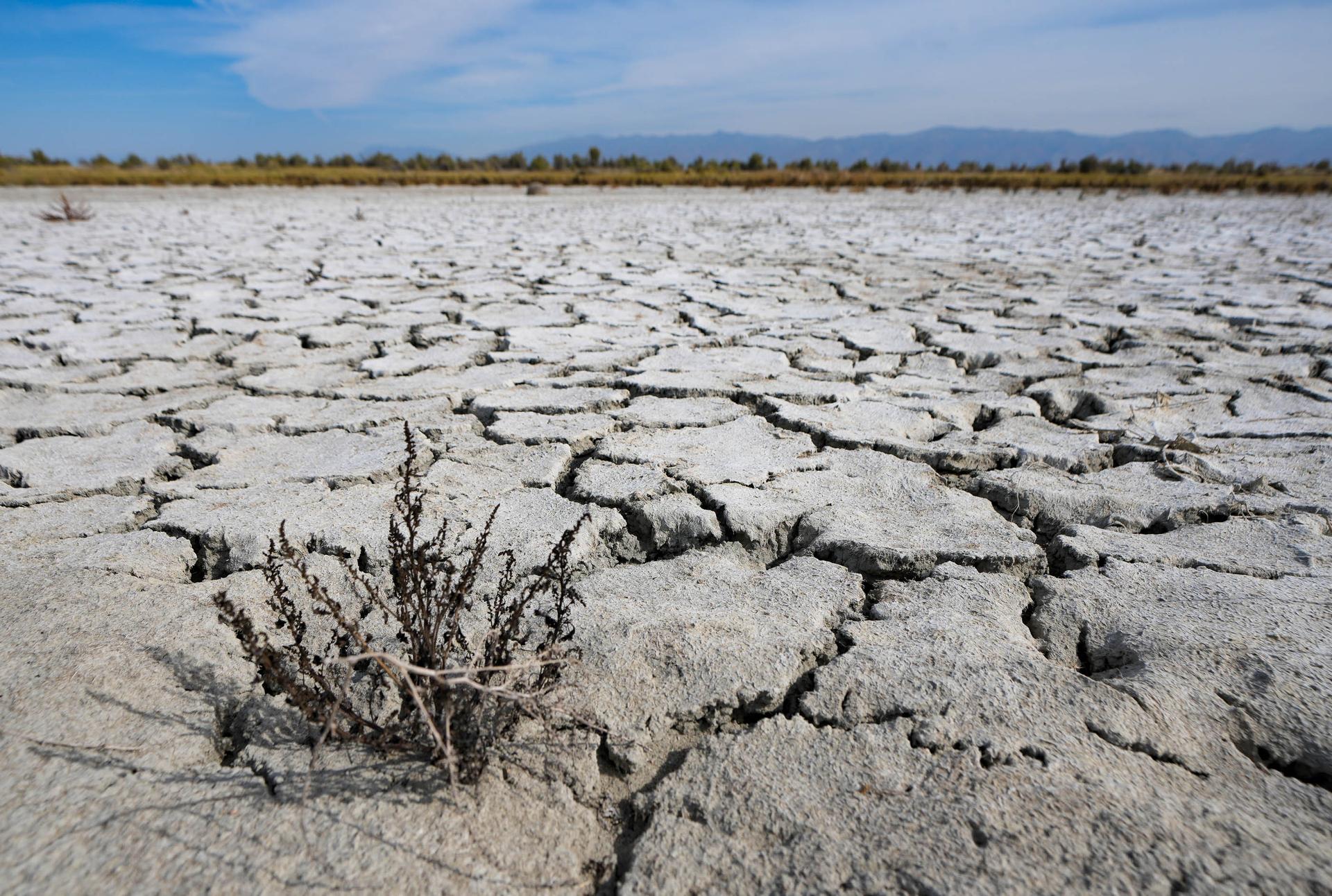
Human activities are causing the Great Salt Lake to dry up. Water diversion for agriculture, industry, and residential use is the primary cause.
Climate change-induced drought exacerbates the problem. The exposed lake bed releases stored carbon as greenhouse gases. The Great Salt Lake has shrunk by 48% since 1847.
Lake’s Decline: A Decades-Long Environmental Concern

The Great Salt Lake has been shrinking for several decades. Its area has decreased from 3,300 square miles in 1987 to 950 square miles in 2021.
This decline threatens local ecosystems and air quality. The lake’s desiccation is now linked to increased greenhouse gas emissions.
CO2 Emissions: Dry Lake Bed vs. Water
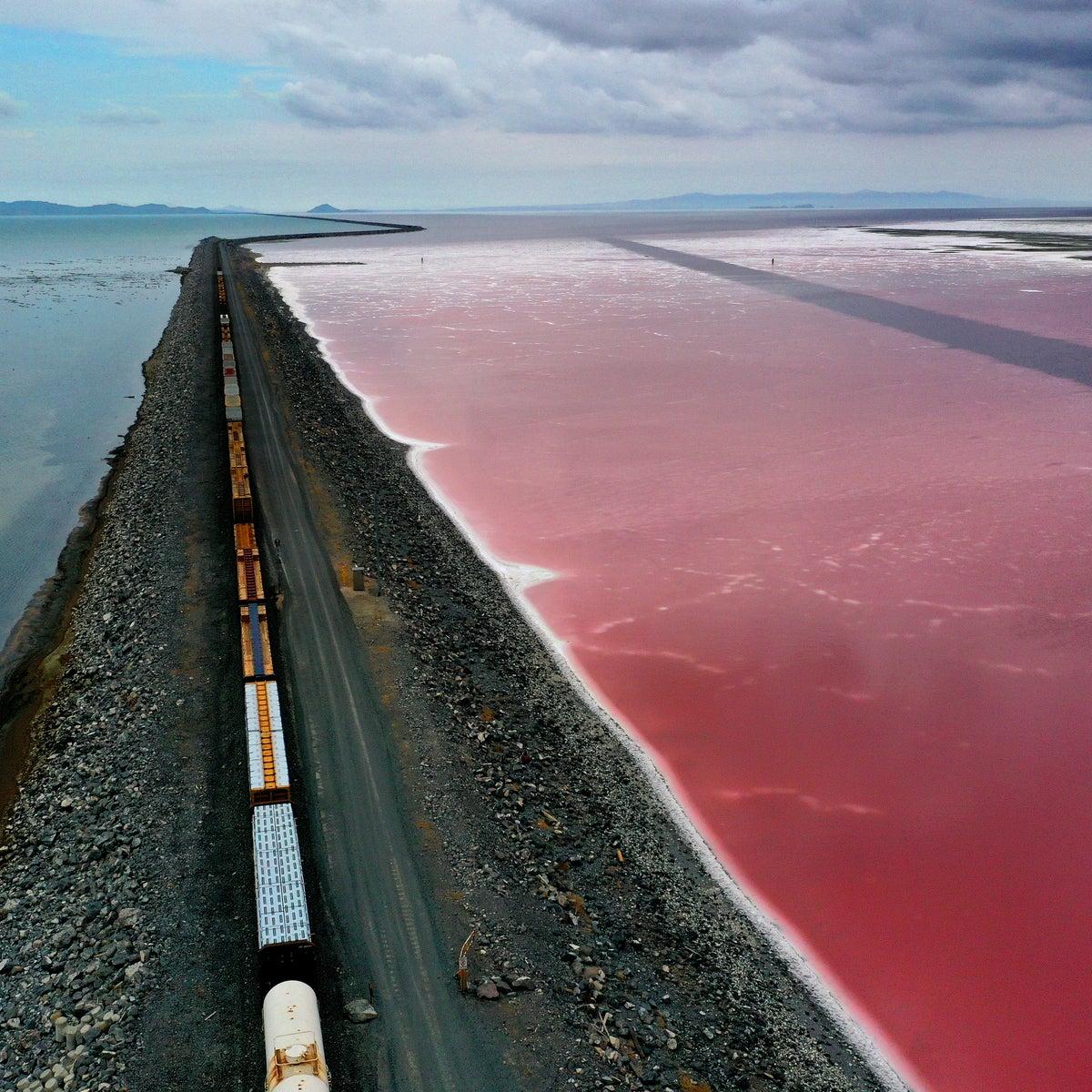
Researchers compared emissions from dry lake bed areas to water-covered areas. They found that dry areas emit significantly more CO2 than water-covered areas.
The exposed sediments are rich in organic matter. Bacteria easily convert this matter into carbon dioxide when exposed to air. 94% of the 4.1 million tons of emissions were CO2.
Measuring Emissions: Methodology and Findings
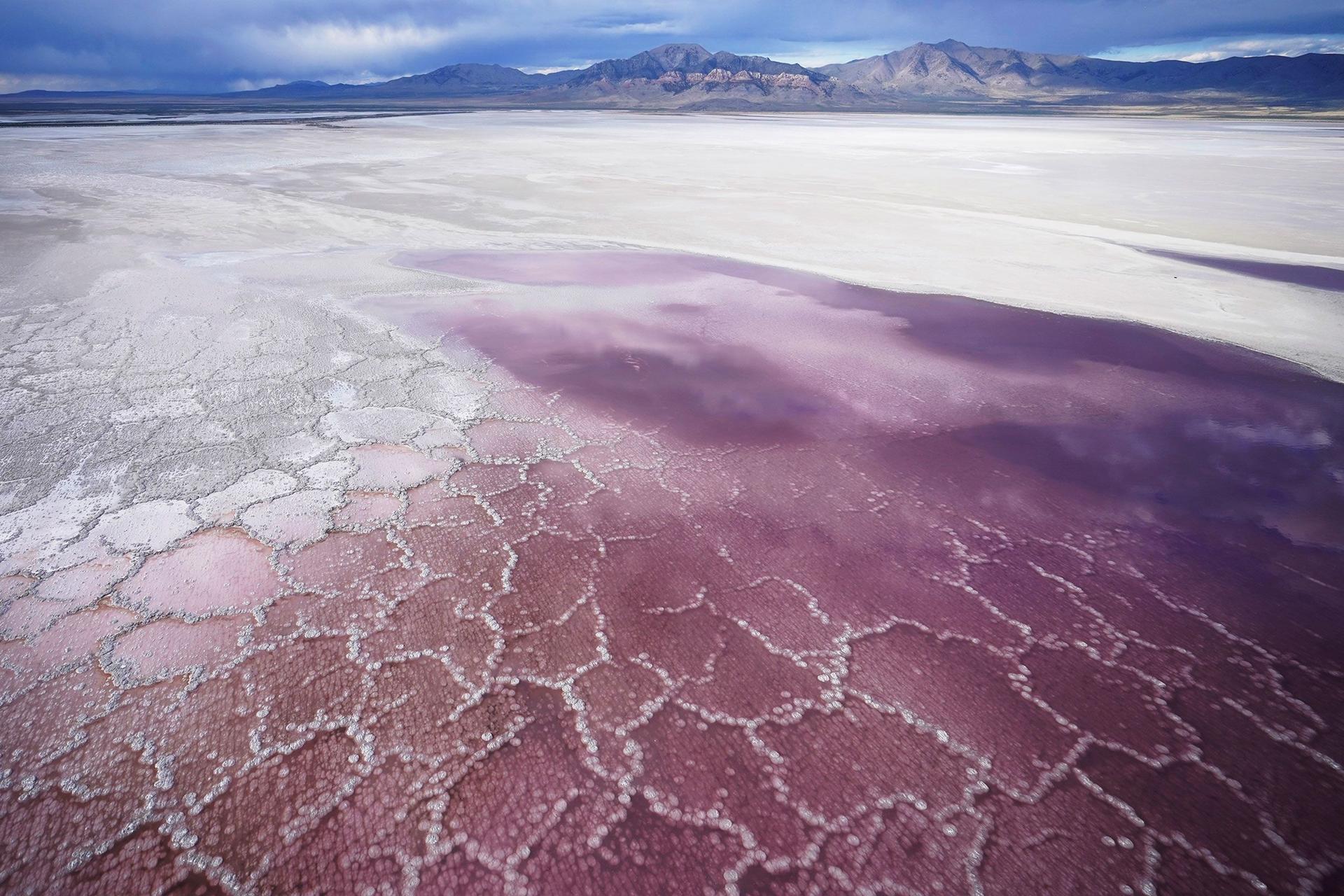
Scientists measured CO2 and methane emissions at various lake bed locations. They compared these to estimates from water-covered areas.
The study found a 7% increase in Utah’s human-caused greenhouse gas emissions. This increase is attributed solely to the drying of the Great Salt Lake.
Temperature Link: Warmer Climate Worsens Emissions
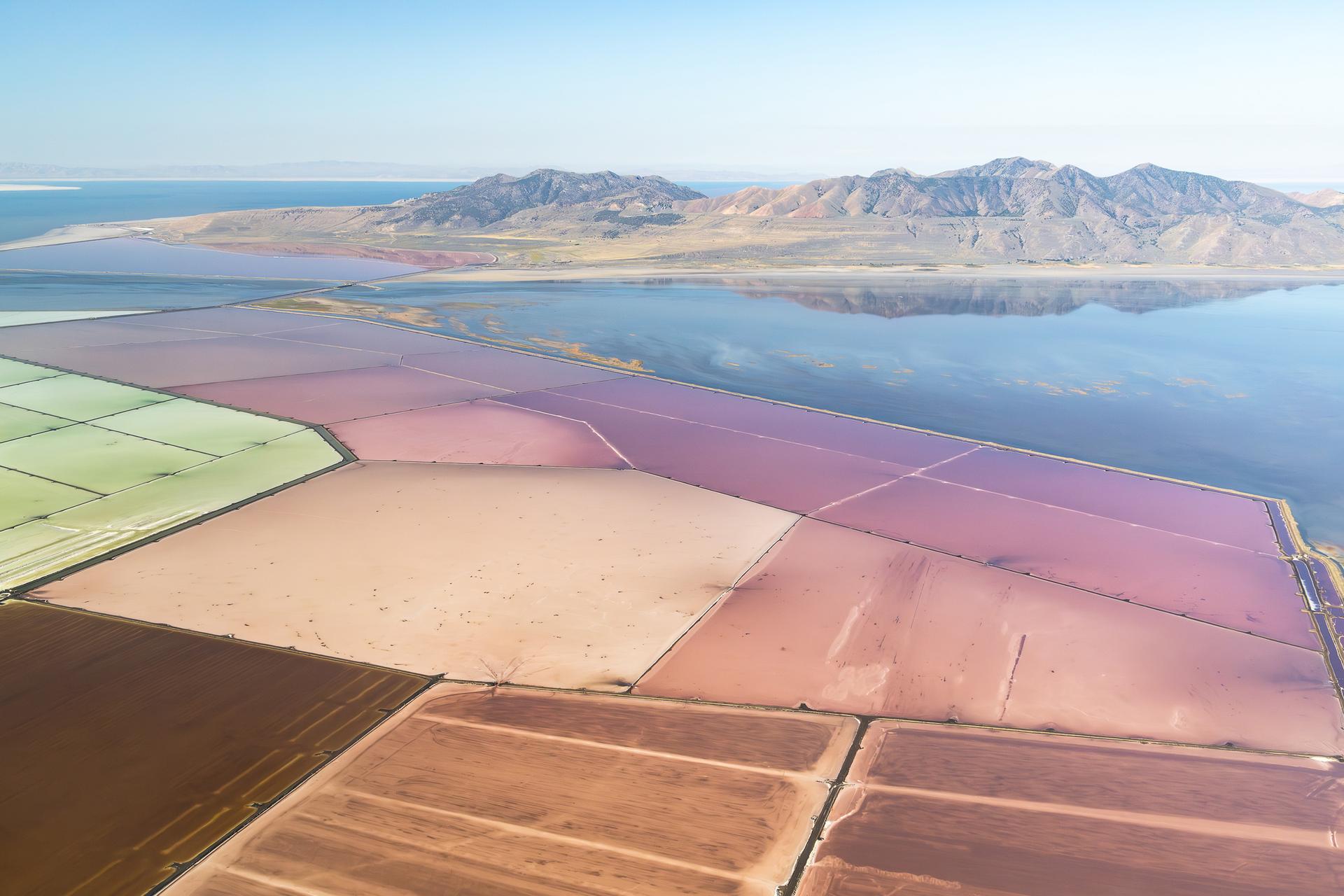
The study revealed a strong correlation between temperature and emissions. Higher temperatures lead to increased greenhouse gas release from the lake bed. This creates a positive feedback loop, potentially accelerating climate change.
The phenomenon may become more severe as global temperatures rise. Utah’s average temperature has increased by 2°F since the early 20th century.
Global Implications: Drying Lakes Worldwide Contribute

The Great Salt Lake’s emissions are likely mirrored in other drying lakes. Researchers found similar emission ranges in a global study of dry fluxes.
Temperature and moisture primarily control these emissions worldwide. This suggests a potentially significant global impact from drying water bodies.
Solutions: Keeping the Great Salt Lake Wet

Experts suggest maintaining water levels to prevent CO2 release. Proposed solutions include implementing water markets and revising outdated water laws.
These measures aim to ensure sufficient water inflow to the lake. Preserving the lake’s ecosystem is crucial for emission reduction.
Environmental Impact: Beyond Greenhouse Gas Emissions
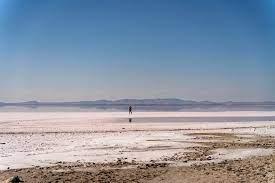
The drying lake bed releases dust and harmful particulates. This contributes to poor air quality in nearby areas. Local populations face increased respiratory health risks.
Wildlife, including brine shrimp and bird species, lose critical habitat. The Great Salt Lake supports over 10 million migratory birds annually.
Carbon Dioxide Equivalents: Measuring Total Impact
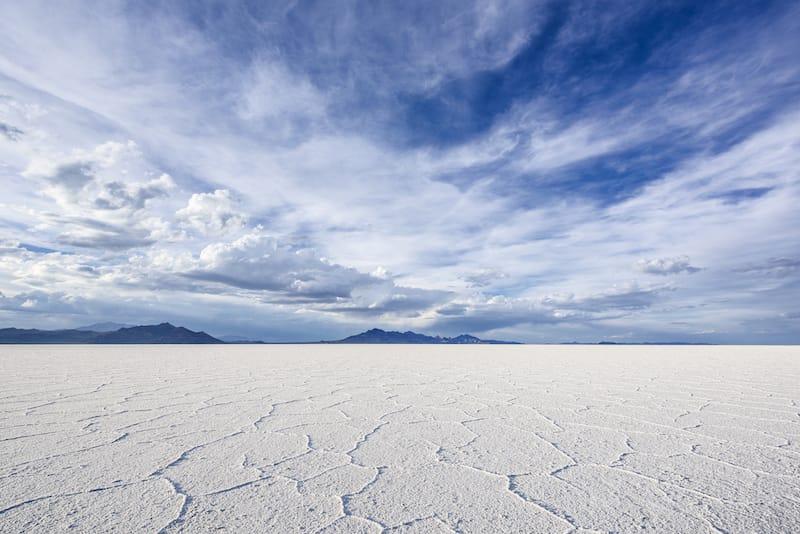
Researchers used CO2 equivalents to calculate total emissions impact. This method accounts for the varying heat-trapping abilities of different gases.
It provides a standardized measure of greenhouse gas effects. The approach allows for more accurate comparisons across different emission sources.


